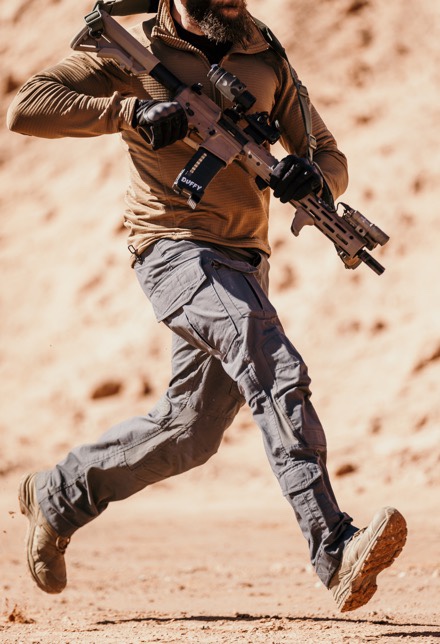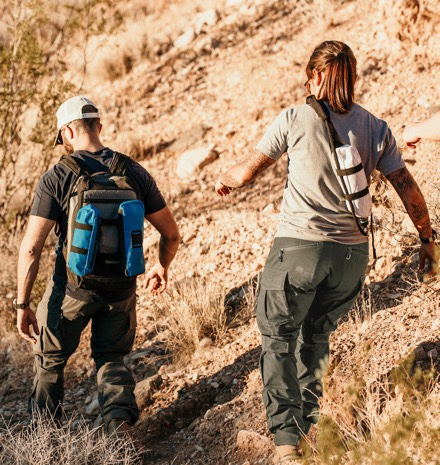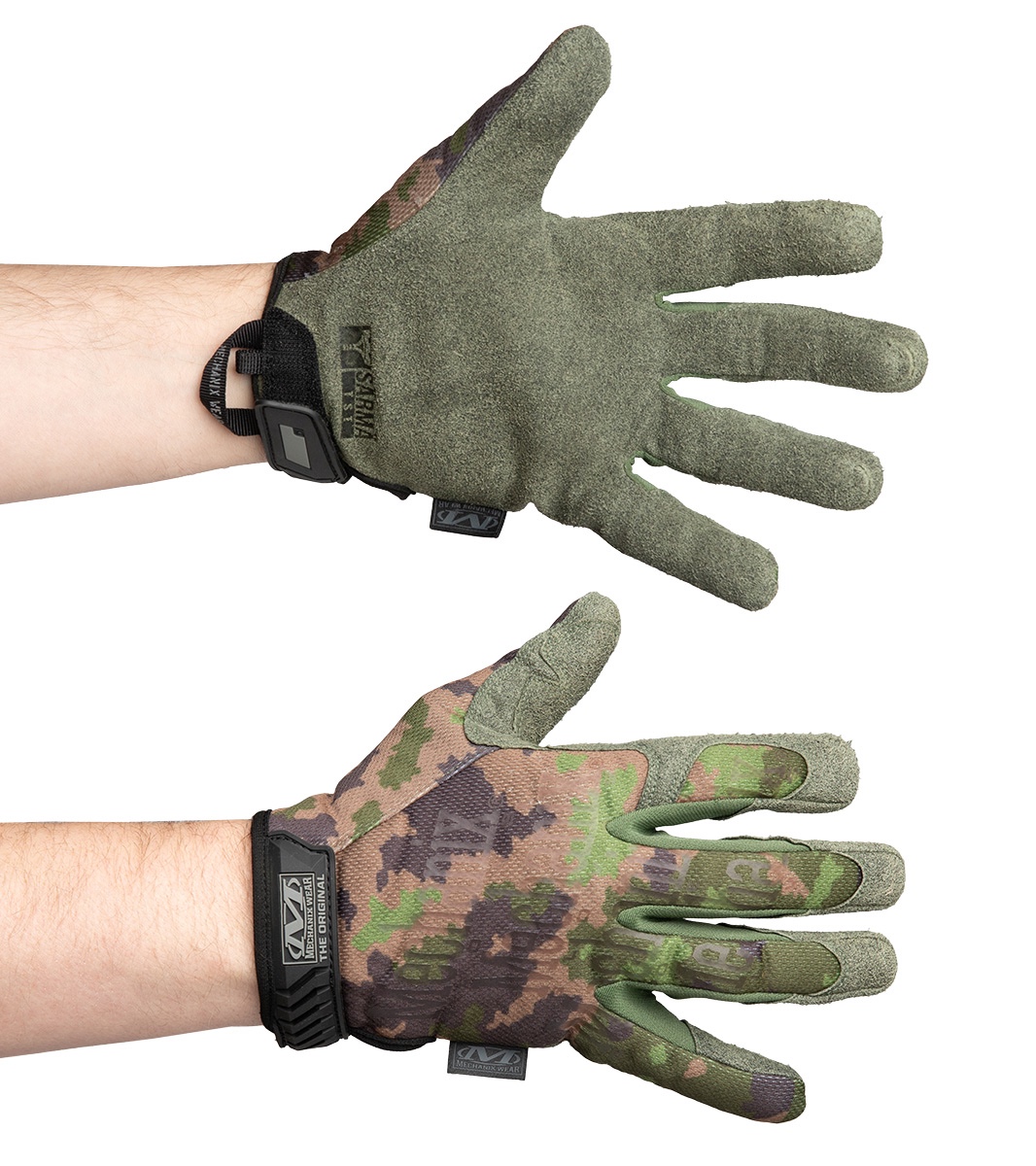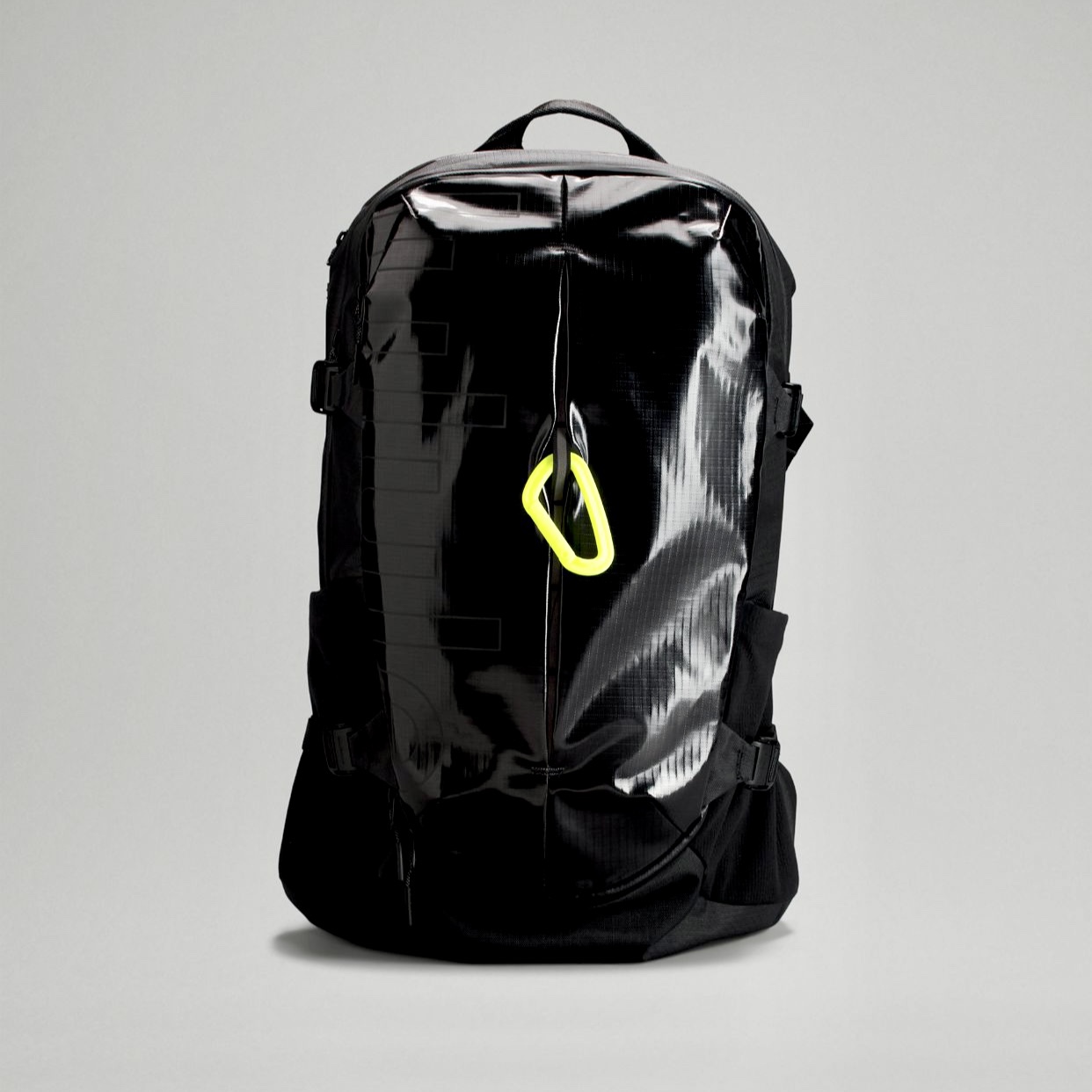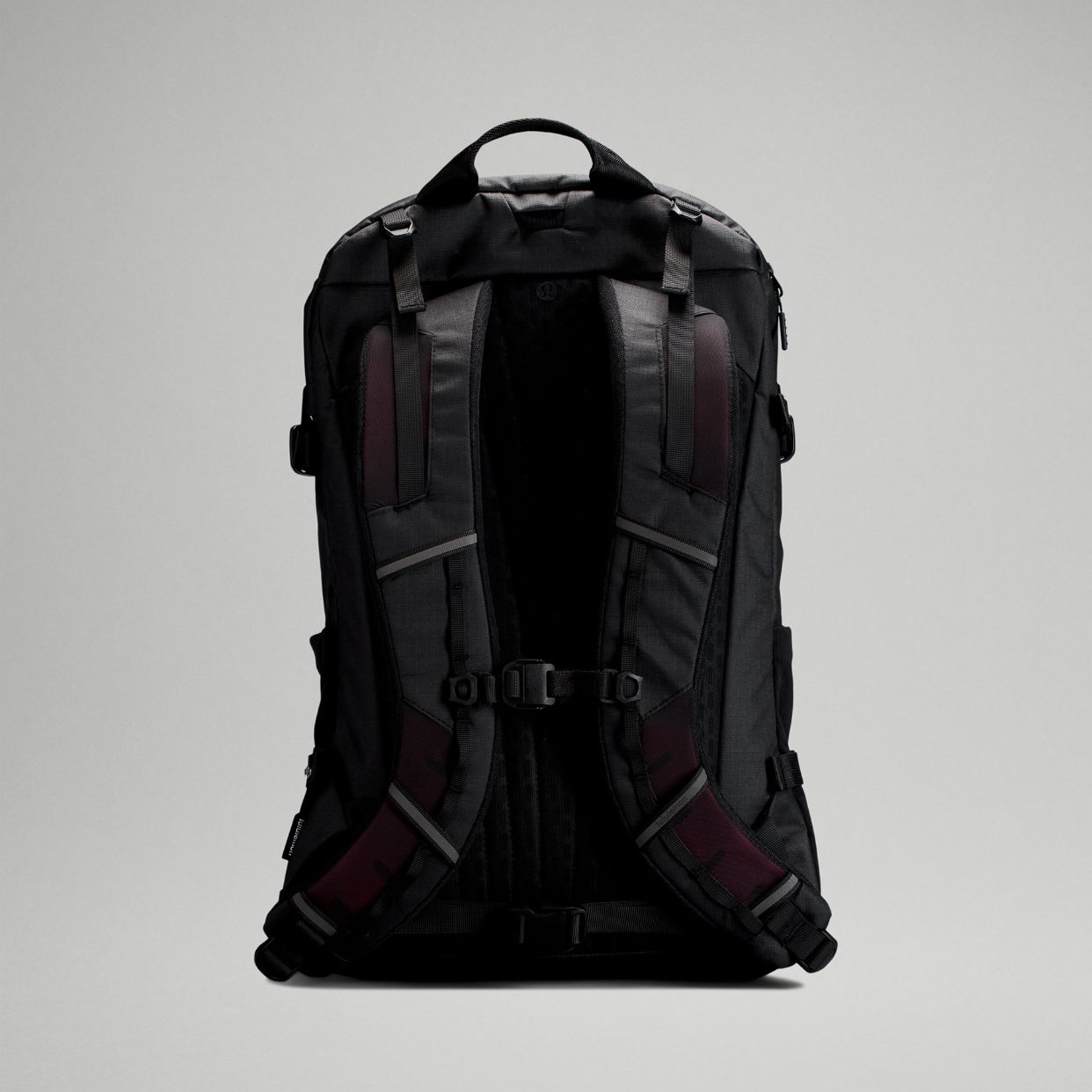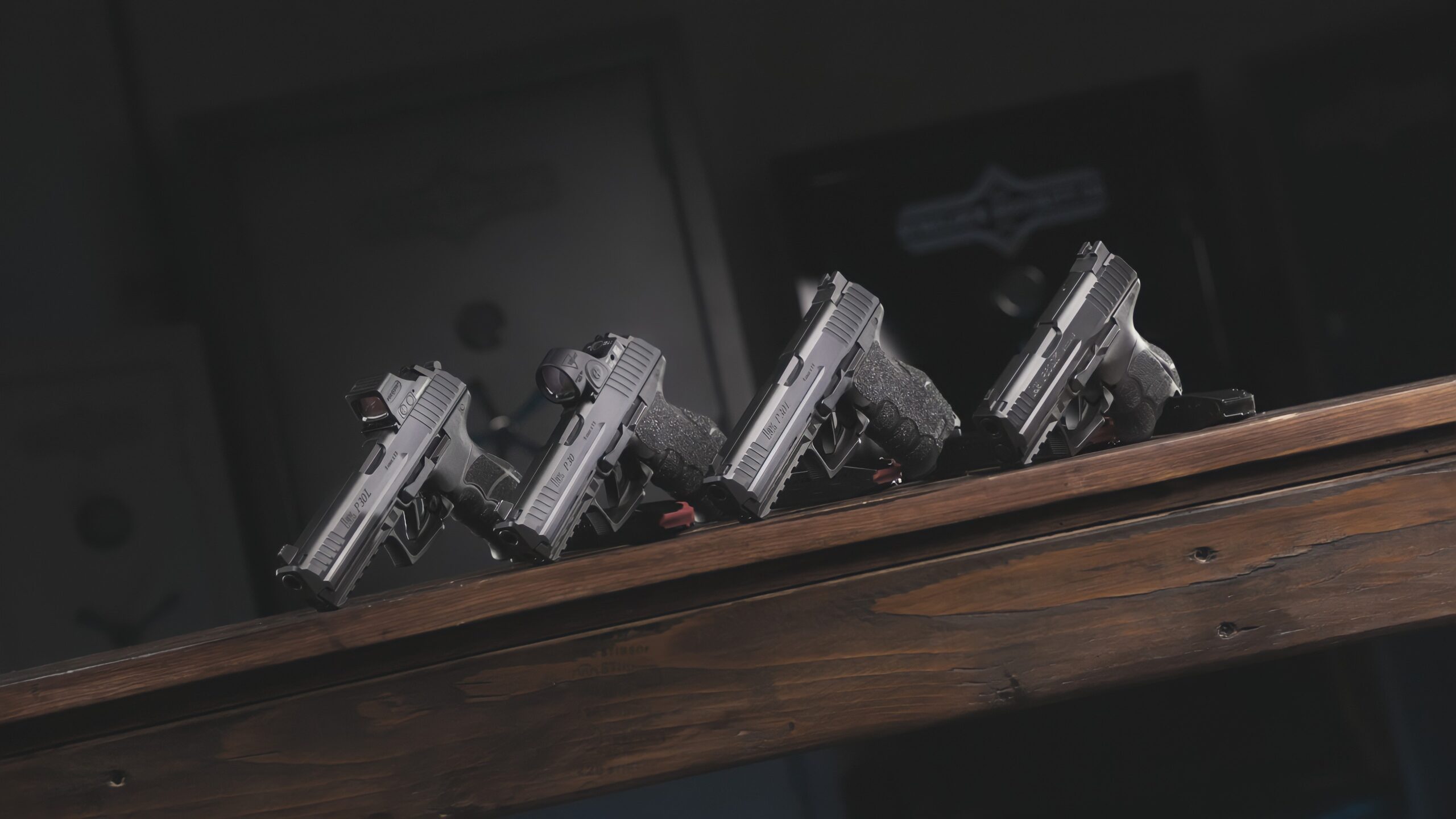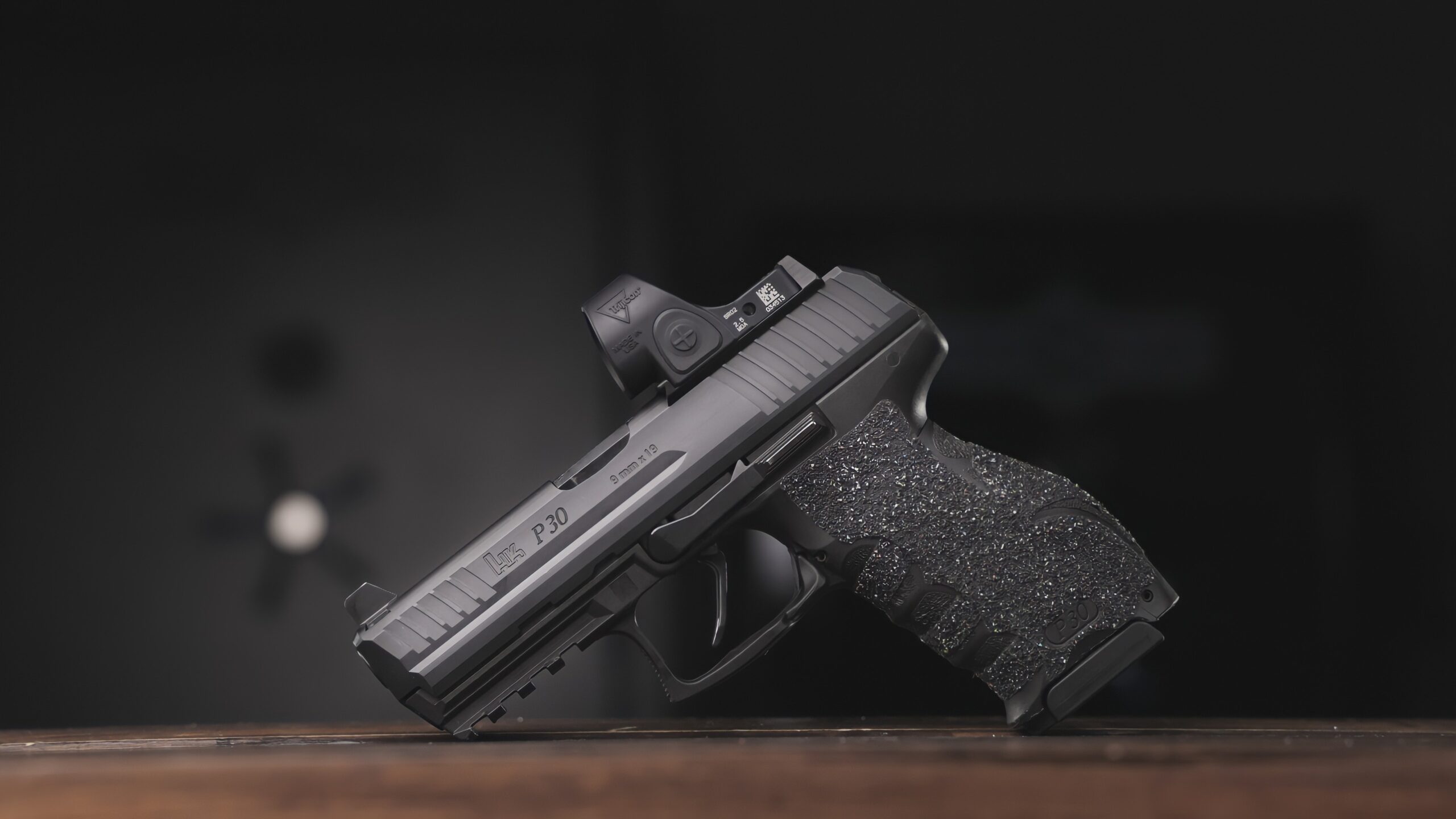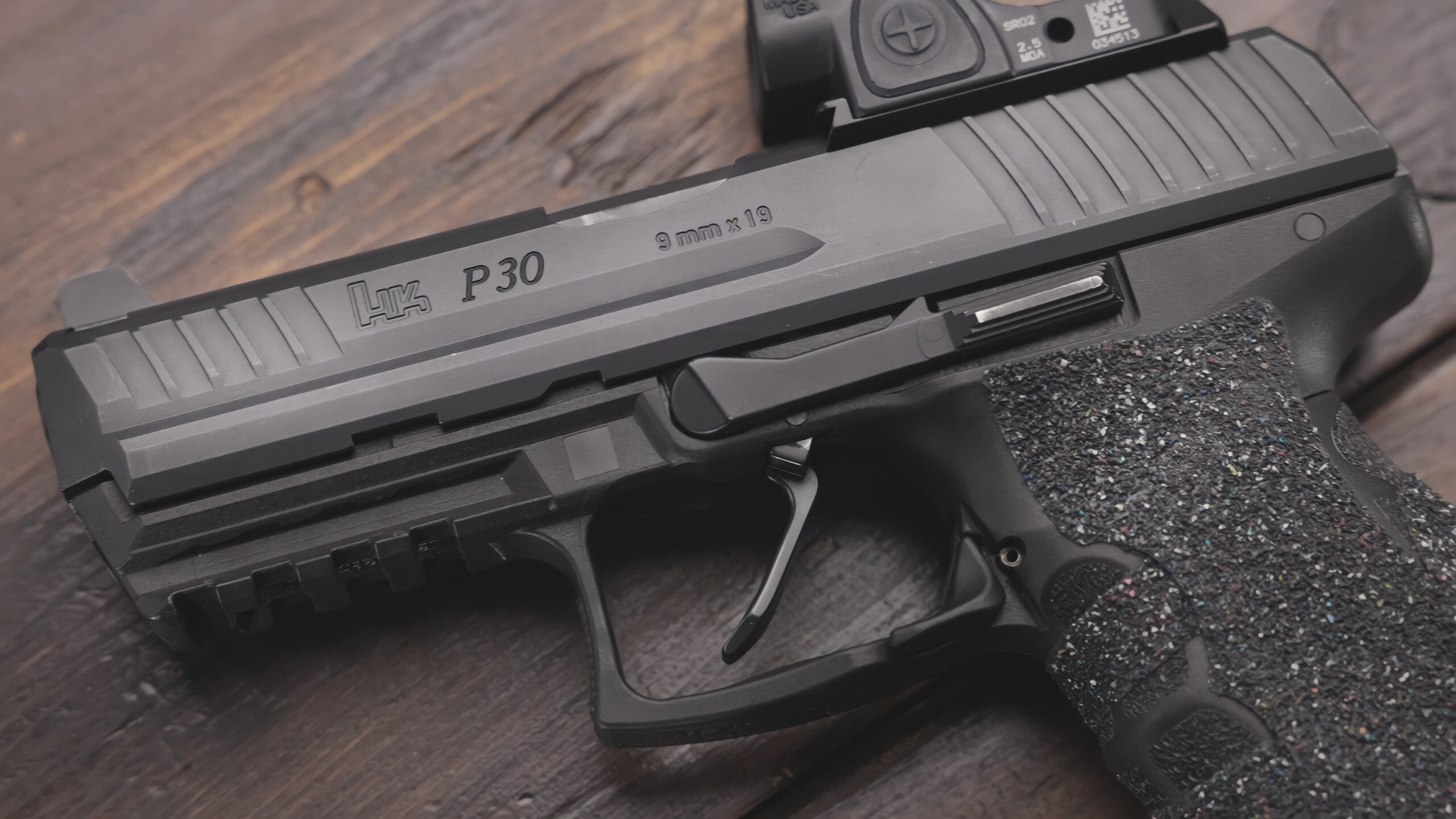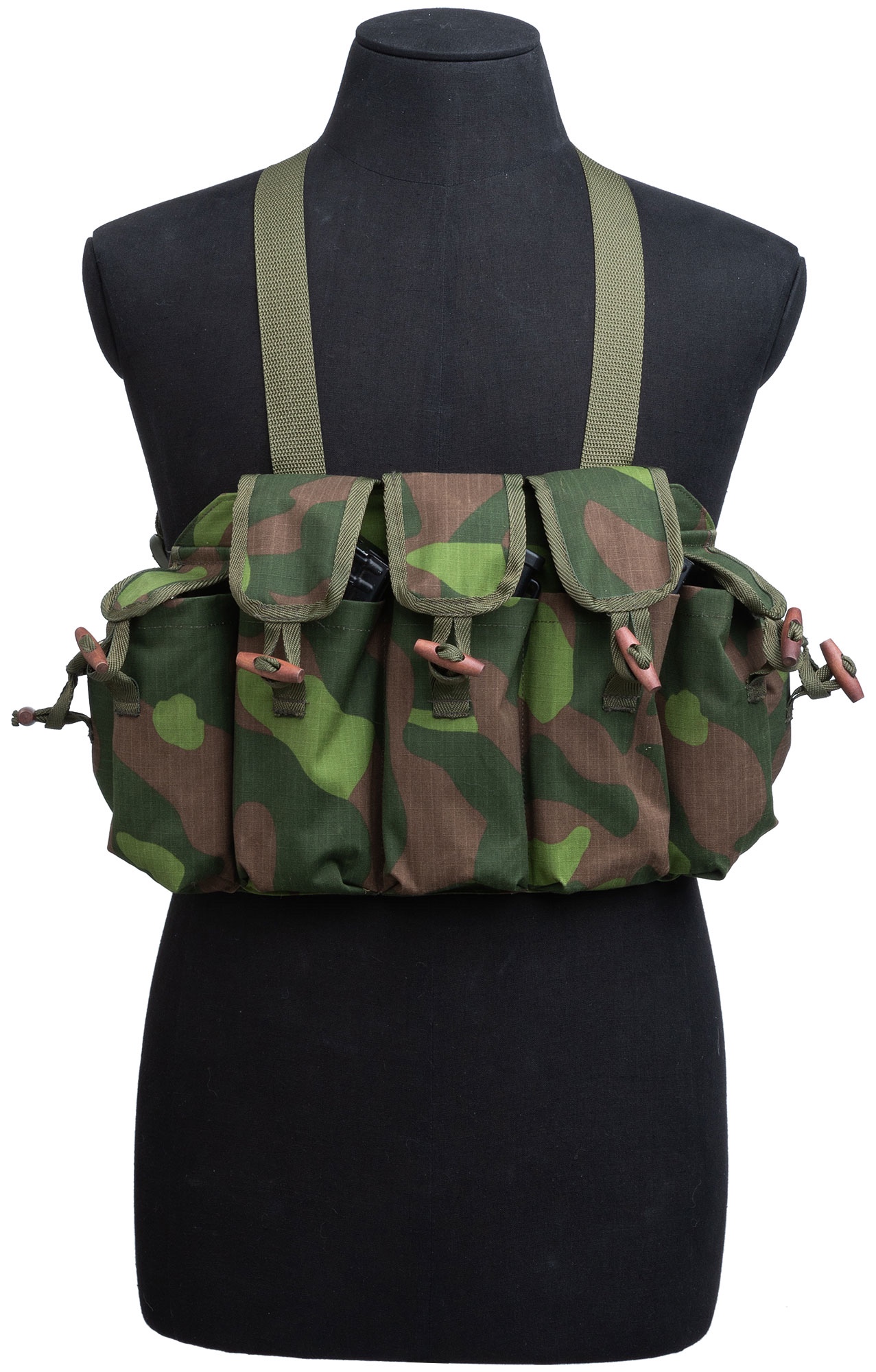Public voting opens to choose nation’s American Hero Dog of the year
WASHINGTON, DISTRICT OF COLUMBIA, August 8, 2022 — Following nearly one million votes cast by animal lovers across the country and a celebrity panel of dog lovers and experts, seven exceptional canines have been selected as finalists in the 2022 American Humane Hero Dog Awards®.
The American Humane Hero Dog Awards is an annual, nationwide competition that searches for and recognizes America’s Hero Dogs – often ordinary dogs who do extraordinary things, whether it’s saving lives on the battlefield, lending sight or hearing to a human companion, or helping people achieve their goals while contributing to their well-being.
“Whether they protect us on the frontlines, help us with medical challenges, or just lighten our spirits with an enthusiastic kiss after a long day, dogs save and improve our lives in infinite ways,” said Dr. Robin Ganzert, American Humane’s president and CEO. “The American Humane Hero Dog Awards recognizes man’s best friend, and we invite every dog lover to take a few minutes to vote and recognize the love, ability, and devotion these astonishing animals show us every day.”
Nearly 400 remarkable pups were in the running to become this year’s Hero Dog but only one heroic hound will be named top dog and take home the coveted title of American Humane’s 2022 American Hero Dog.
The public is encouraged to vote for their favorite dog once a day through September 13 at HeroDogAwards.org . The top winner will be determined through a combination of ballots from the public and a special, blue-ribbon panel of animal experts and celebrity animal lovers.
Categories for voting include: Law Enforcement and Detection Dogs; Service Dogs; Therapy Dogs; Military Dogs; Search and Rescue Dogs; Guide/Hearing Dogs; and Shelter Dogs.
Hero Dog finalists will make their way to Palm Beach, Florida to be celebrated at the star-studded American Humane Hero Dog Awards gala on November 11.
As we all know, behind every great animal is great veterinarian or veterinarian nurse who dedicate their lives to helping animals. These individuals are celebrated through the American Humane Hero Veterinarian and Hero Veterinary Nurse Awards™, sponsored by Zoetis. The winning veterinarian and veterinarian nurse will be announced at the Hero Dog Awards gala and the public is encouraged to vote daily at HeroVetAwards.org.
The Hero Dog Awards and Hero Veterinary Awards are made possible thanks to our generous supporters and sponsors including Zoetis and American Airlines.
Meet the seven remarkable Hero Dog Awards finalists!
Here are brief descriptions of this year’s finalists, written by the hero dogs’ owners/handlers:
2022 Law Enforcement and Detection Dog of the Year
K9 Riggs (Kenosha, Wisconsin) – On 10-21-21 at about 1116 hours, Kenosha Sheriff’s Department (KSD) Deputies were dispatched to the Benson Corners Shell gas station in an attempt to locate a stolen vehicle where the operator was involved in two homicides in the Chicago area.
Deputies located the vehicle and attempted to make contact with the operator. A high-risk traffic stop was conducted, and the suspect fled from the vehicle on foot. KSD K9 Riggs was on scene with his handler Deputy Terry Tifft. Deputy Tifft deployed K9 Riggs who apprehended the suspect within seconds. The suspect was ultimately taken into custody, but unfortunately, K9 Riggs was shot by the suspect point-blank in the forehead with the bullet exiting below K9 Riggs right ear.
K9 Riggs was transported to a level one trauma center and miraculously survived.
K9 Riggs performed an act of courage, valor, and bravery that day. K9 Riggs saved the lives of the public as well as Deputies on scene. K9 Riggs was awarded the Silver Star and the Purple Heart for his actions during this incident. K9 Riggs thankfully made a full recovery and is back to work as a K9 with the Kenosha Sheriff’s Department.
2022 Service Dog of the Year
Recon (Suffolk, Virginia) – Recon has been a life-changer for me. He is an amazing partner and helps me get through the day, every day. Prior to Recon, my life was a mess.
I struggled every day with pain and tasks that most people don’t think about. My injuries incurred from many years as a Bomb Squad Technician has taken a toll on me. My TBI (traumatic brain injury) caused by years of repeated concussions from bomb blast waves has made me unstable. When I drop items, I must lean against a wall to brace myself to pick them up. Along with the physical toll is the psychological impact – I am not the same person everyone knew. The effect on me is tremendously demoralizing.
With Recon, everything has been better. He picks up dropped items and braces himself for me to lean on to regain my balance. Recon has improved my mobility and stability, helped me regain my sense of purpose, and he is an incredible companion. People who have known me for a long time tell me, “It’s great to see the ole Bobby again!”
In August 2021, Recon and I participated in a 5K virtual event by hiking a trail in the New River Gorge National Park. I fell and became stuck between some rocks. I was injured and unable to free myself. I knew the only way I was going to get freed was to send Recon for help. I was afraid but, I also trusted Recon. I gave him the command to “Go Get Help” and he took off. In a short time, I heard a voice say “I have your dog. Are you hurt?” I truly believe Recon saved my life that day.
2022 Therapy Dog of the Year
Cole The Deaf Dog (Millville, New Jersey) – I may be deaf, but I am helping people hear my message: a disability is not an inability, it’s a superpower! As a certified therapy dog, I work alongside my music teacher dad each day in a NJ elementary school, where I teach acceptance to students and how it’s OK to be different. No one wanted to adopt me because I was labeled special needs and I have even been called broken because my ears don’t work. I’ve made it my life’s mission to change people’s minds about seeing the ability within special needs.
I have started my own non-profit organization this year; the Cole the Deaf Dog & Friends Foundation, where I perform free school and community assembly programs across our region. I take my life journey, including special needs and breed discrimination, and turn them into life lessons that inspire others to change the way the world thinks of those with disabilities.
Outside of my daily work at school, I am the mascot of the NJ Veterans Memorial Home where I have earned the Presidential Silver Service Award for over 600 volunteer hours. Believe it or not, I’m even an avid bowler with the residents! I am a hospice therapy dog companion and look forward to my third annual Kindness Tour, where I spend a week in the summer visiting multiple facilities across the state each day. I’d like to dedicate this step of my journey to all those pups and people who have been overlooked because they were born a little different. I will help the world see the able rather than the label.
2022 Military Dog of the Year
Iiken M090 (Casa Grande, Arizona) – Iiken is a 15-year-old black Labrador trained as an SSD (Specialized Search Dog) in the Military. Being born in 2006 to be in the puppy program at Lackland Air Force Base, working is all he knew. He was originally assigned in an Army unit and later was deployed to Afghanistan. Halfway through his tour, the vehicle he was riding in ran over an IED. Iiken was wounded and sent back to Lackland AFB for surgery and rehab. He was deemed fit for duty and put back in service where he was assigned to the Marine Corp.
While in the Marine Corps, Iiken was deployed all over the world protecting his country. He also deployed again to Afghanistan. Iiken has saved countless lives during his honorable service to our country. Iiken also competed and placed 2nd in Detection and Explosives in an MWD competition in Missouri and was also deployed twice for POTUS missions.
Since Iiken’s retirement in 2016, he has continued to serve his community. He has been invited to attend the Florence Arizona National Guard, attended the local Stand Down (only War Dog to be enrolled), honored twice in the Veterans Day Parade, interviewed twice by the local NBC Channel 12 news station, appeared in the National Veteran’s Magazine, and interviewed three times by the local newspaper.
Iiken is quite the celebrity in his hometown of Casa Grande, AZ and has become an amazing advocate for medical benefits for the retired Military Working Dog. Iiken is a true Hero.
2022 Search and Rescue Dog of the Year
Keb (Edmonds, Washington) – Keb is my second search and rescue dog. As a puppy, she was quite a handful. She had unending energy, and she was fearless and willing to take on everything she was asked to do—full speed ahead. Keb began her training as an air scent dog finding live victims right away and shortly thereafter started training as a dual-purpose human remains detections dog (HRD). She was an eager, quick learner! Within a few years, we had certified in multiple SAR disciplines, including Wilderness Air Scent and Human Remains Detection, as well as Avalanche Rescue and First Responder Disaster.
Keb is still actively deploying though she is approaching the end of her SAR career. We have deployed on over 100 missions together and deployed two weeks over a month-long period in one of the largest disasters in Washington State: the OSO Landslide which claimed 43 lives, three of which Keb was responsible for finding. We’ve searched for the lost on high snowfields of Mount Rainier and found bones that helped solve decades-old crimes. We’ve searched for clandestine graves of murder victims. We’ve been called upon to volunteer our services in the dark, the wet, the snow, and cold in the rainforests and rugged mountains of the Pacific Northwest. We’ve searched in urban areas with homeless camps, drug needles, and thick blackberry bushes, and even as far away as Scandinavia where Keb had a find which solved an 18-month-old mystery.
Keb has helped me become a better version of myself.
2022 Guide/Hearing Dog of the Year
Kinley (Austin, Texas) – Things couldn’t have been better. I was 21, had a part-time job, my first apartment, and was starting to break out of my shell and make friends. I had also applied to finally receive my first guide dog, a dream and goal I’d had since I’d met one at the age of nine.
Then . . . everything came crashing down around me. I’d been sexually assaulted by someone I’d considered a close friend. I no longer felt safe in my apartment, and my day-to-day life became little more than flashbacks and anxiety. I had also spent a day in the hospital, where I miscarried from the assault in question.
The call came when I was desperate for any hope, just 2 days after going to the ER: my application for a guide was accepted.
Training with Kinley was one of the hardest things I’d done, but it was also one of the most life changing. Kinley hasn’t just helped me by guiding me from point A to point B, as is his proper job description. He has been my sunshine, the ray of hope I’ve clung onto through everything. He has remained by my side through PTSD, anxiety, self-doubt, homelessness, and the discovery of who I am as a young woman after a life of chronic trauma and hardship. Without him, I wouldn’t have had the courage to venture into the unknown, to believe in myself, or to do what is right for both of us. Kinley is bright, curious, sensitive, loving, tenacious, and everything I could have asked for in my first guide. Kinley truly is my hero dog. Thank you for all you do, buddy, in and out of harness.
2022 Shelter Dog of the Year
Ethan (Jeffersonville, Indiana) – Ethan was dumped in a parking lot on a cold January day in 2021. He was actively dying. He only weighed 38lbs. He should’ve been over 80lbs. He was rushed to vet care. He couldn’t lift his head to eat or drink on his own and didn’t take his first steps for six days. With each day, though, he kept fighting to stay alive. He had an unimaginable determination to keep persevering through seemingly insurmountable odds. His incredible will to live inspired thousands of people around the world that had begun following his story.
I first saw Ethan the day he was found and formed a bond with him by coming in at night to take care of him. Soon, I officially adopted him. Over the past year, Ethan has brought attention and recognition to shelters and animals all over the country through his story. His journey has inspired people that have never met him to send me letters and emails detailing how his battle to keep living inspired them to overcome some incredible odds in their lives. I take him everywhere I go, and he instantly puts a smile on people’s faces as soon as they see him. The happiness that he brings to people has been a life changing thing for me. He has taught me to always look at things from others’ perspectives. Now Ethan comes to work with me every day and spends his time encouraging other animals that are facing their own medical problems. He has helped so many animals and people over the last year but at his heart Ethan is a shelter dog and a rescue. He rescues me every single day.
